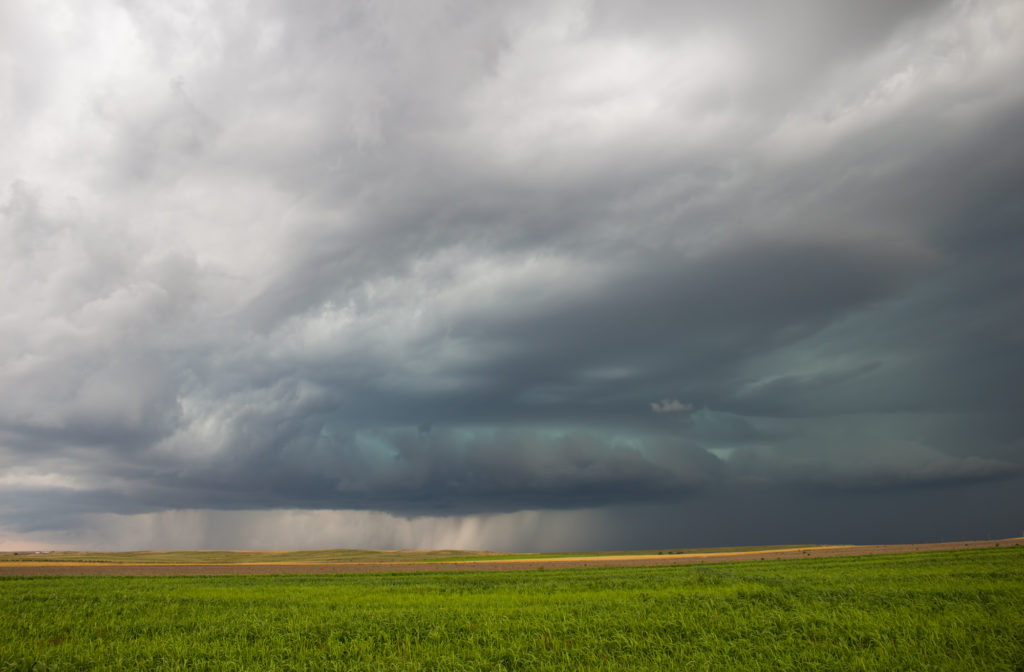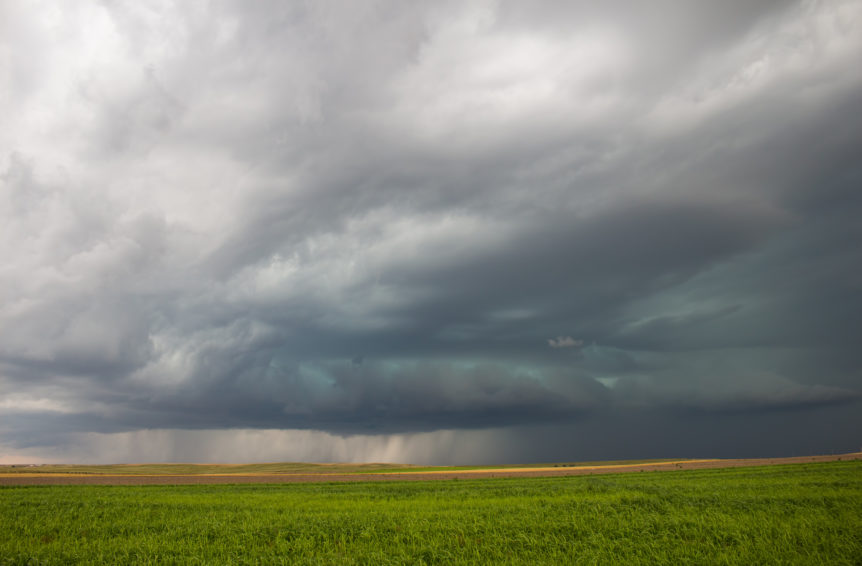
By DanRoss/DepositPhotos image
Persistent rainfall that has drenched parts of the Southeast is not expected to change anytime soon, according to one weather expert. Rains should stay consistent in the region for the foreseeable future, says Pam Knox, University of Georgia (UGA) Extension agricultural climatologist.
“When you look at the medium-range and long-range models, I don’t see a big shift to drier conditions; maybe by the end of the month we might see that. At least for right now, it looks like we’ll probably continue to get these occasional showers,” Knox said. “I don’t think we’re going to get really big frontal events where we get days full of rain, but I think we’re going to get these showers that occur. They might come in some waves as we’ve seen (recently). I think we’re supposed to continue to get fairly wet conditions at least for the first two-thirds of June, and then after that, we may see a high pressure build in. That could dry us out a bit.”
The forecast of continued rainfall could significantly impact regions in the middle of specialty crop season, especially in South Georgia.
According to the UGA Weather Network, Tifton, Georgia, received 8.4 inches of rainfall from May 1 to June 6, compared to 3.03 inches in 2023 and 1.58 inches in 2022. Moultrie, Georgia, received 13.02 inches during that same timeframe, compared to 3.84 inches in 2023 and 4.13 in 2022. Cordele, Georgia, received 8.72 inches of rain from May 1 to June 6, compared to 3.87 in 2023 and 4.43 in 2022.
“For people that are looking for relief from the rain, I don’t think we’re going to see a big drying out. The good thing about that is we’re not going to see a drought, either,” Knox said. Knox also noted in her UGA Extension Climate Blog that there will be “some dry periods interspersed between showers that will allow field work to take place, but be sure you watch your local forecast if you are applying anything that needs rain (or needs to avoid it). Spotty showers in summer are always hard to predict, and your local conditions may vary depending on exactly where the storm cells go.”

By Clint Thompson










